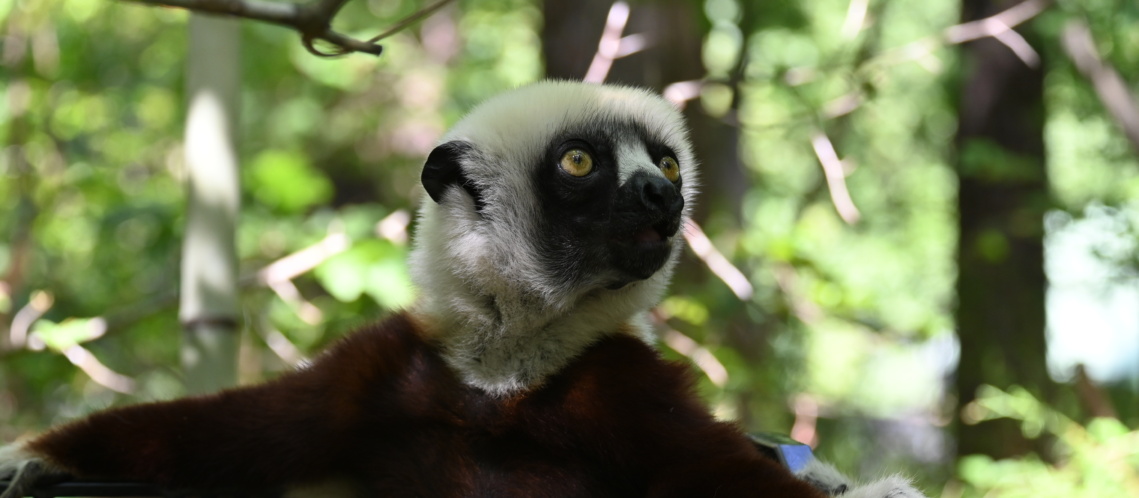As Duke alums with lemur-loving kids, we have visited the Duke Lemur Center several times. Boasting the largest population of lemurs outside of Madagascar, the Duke Lemur Center does amazing work in the study and protection of lemurs.
As a research facility, the Lemur Center is tour-based and not open to self-led visits. All visitors must have a prepaid reservations for a tour, and they often sell out far in advance. The center offers General Tours, Private Tours, Walking with Lemurs Tours, and Behind the Scenes Tours. The tour season runs from May to September and coincides with the warmer weather that is most similar to the lemurs’ native habitat.
We have done General Tours before but decided it would be worth the extra money to do the Walk with Lemurs Tour. (The tour price was $95 per person as of summer 2023.) The DLC has two types of enclosures – Natural Habitat Enclosures and Indoor Enclosures with Outdoor Yards. On the General Tours, you only see the outdoor sections of the Indoor/Outdoor enclosures. On the Walking with Lemurs Tour, you are taken inside a Natural Habitat Enclosure (NHE) where you get to see free-roaming lemurs up close.
There were about 25 people in our tour and we were split into two groups. Each group went to a different Natural Habitat Enclosure. We went to NHE1, which was the smallest enclosure at just over an acre and a half. For this tour though, the size of the habitat didn’t really matter because the lemurs came to you.
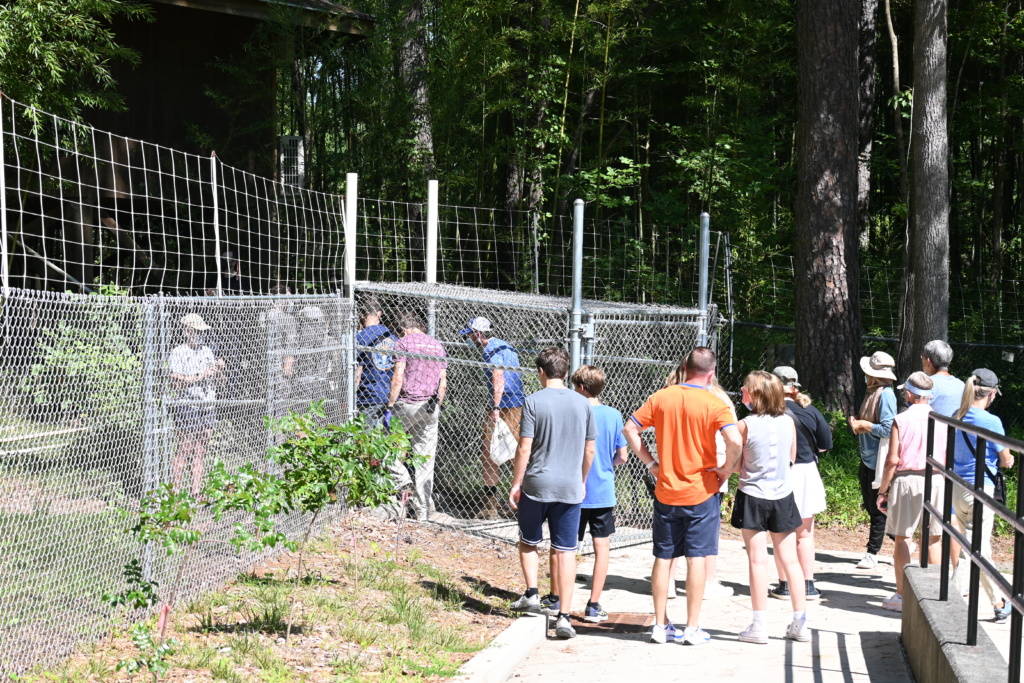
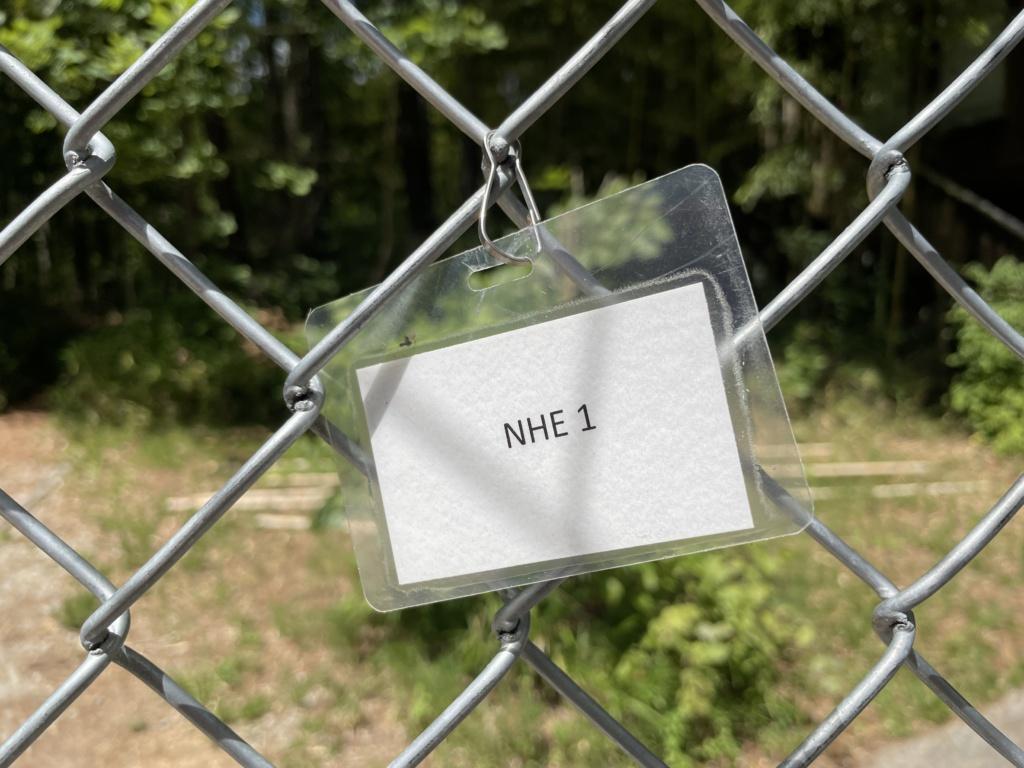
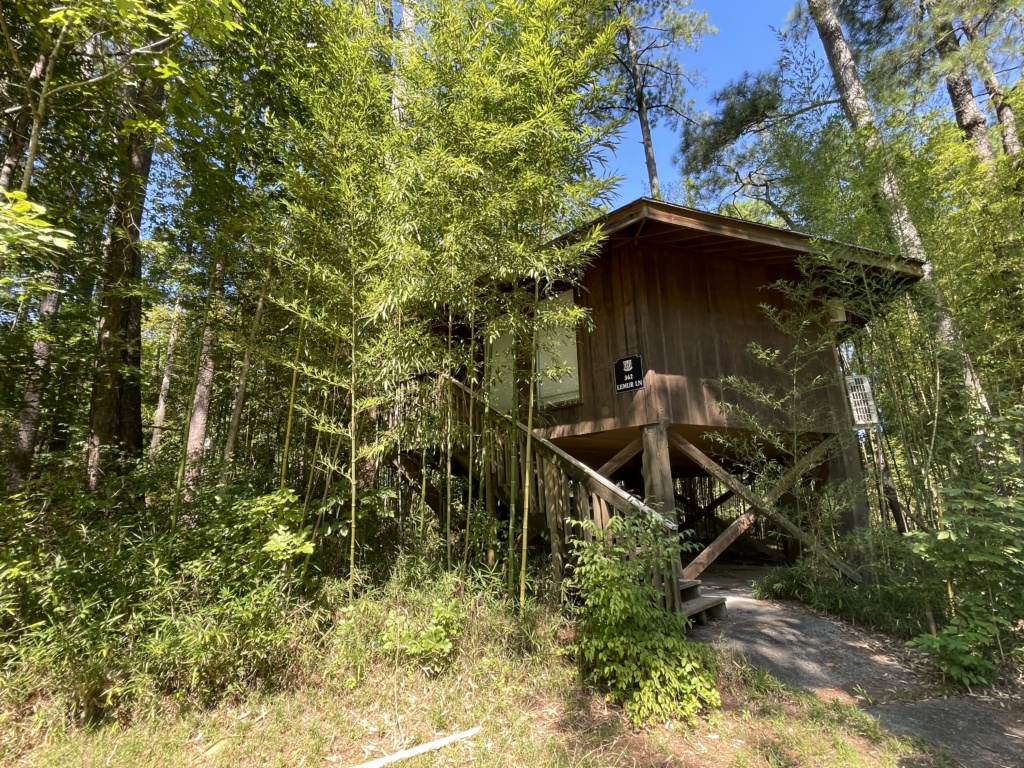
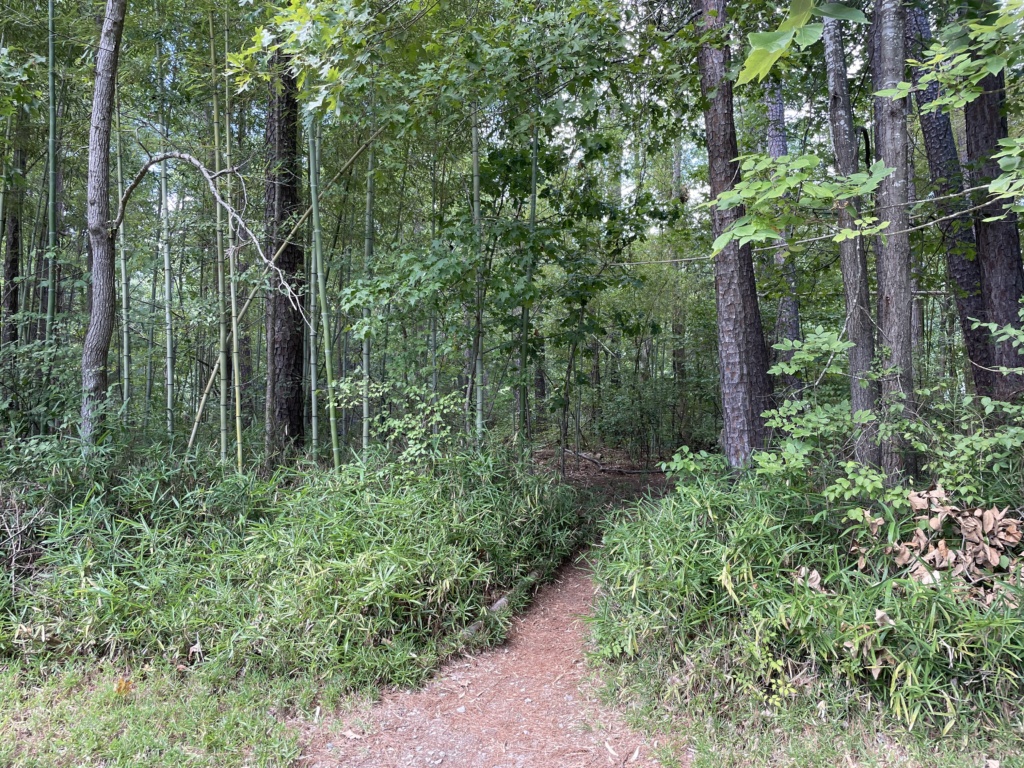
NHE1 is home to three different types of lemurs – Coquerel’s Sifakas, Mongoose Lemurs, and Ring-tailed Lemurs. Since the tours are given at feeding time, we got to see each of them up close and for an extended period of time.
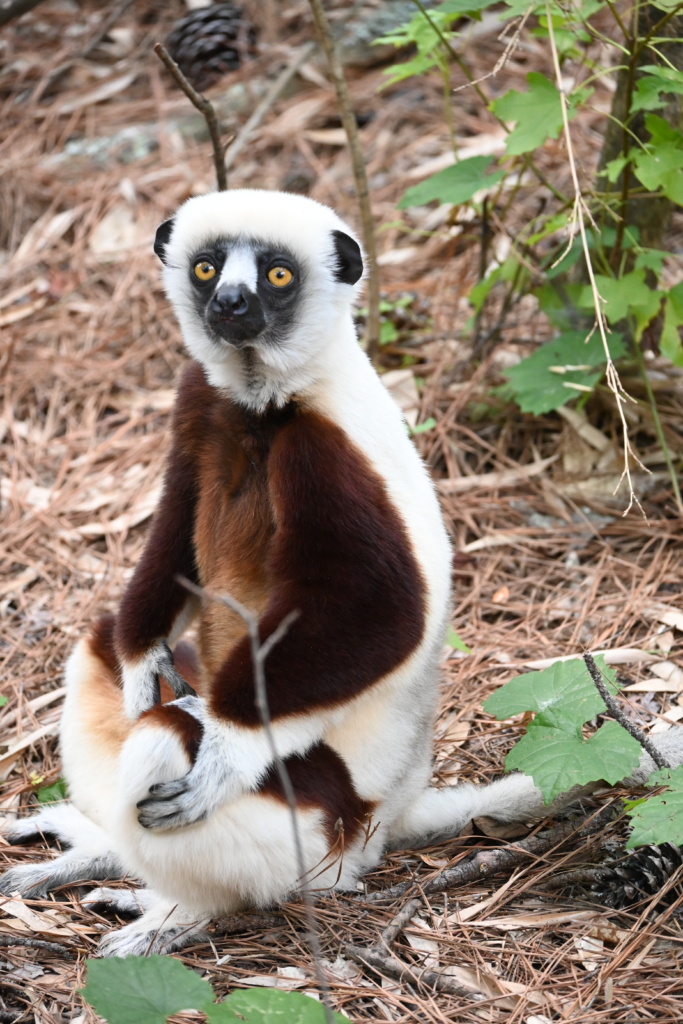
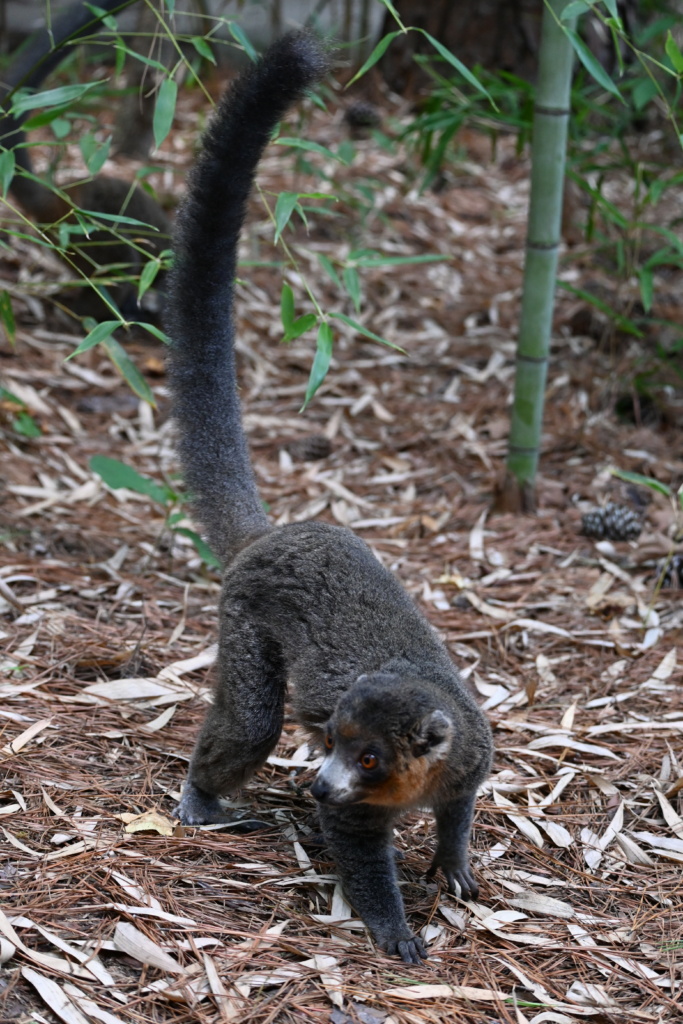
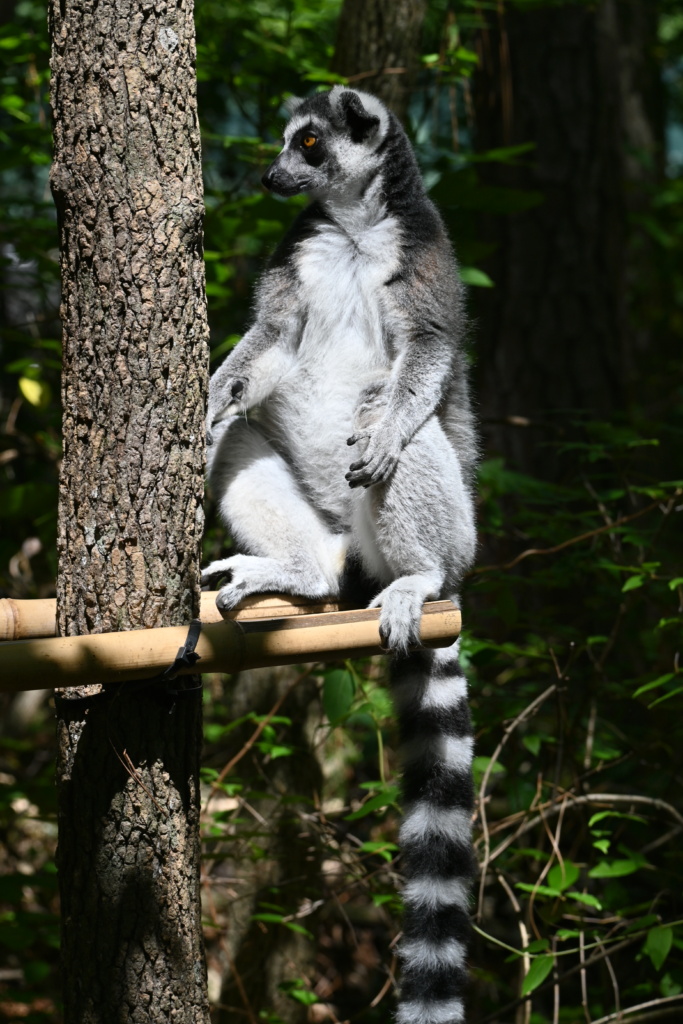
As soon as we entered the enclosure, some of the staff members came out to feed the lemurs. And within seconds, lemurs emerged from the woods to eat. The Ring-tailed lemurs’ food bowls were put on the ground and the others were put in baskets that hung from the trees. Each species quickly headed to their feeding area and got to work on their meals.
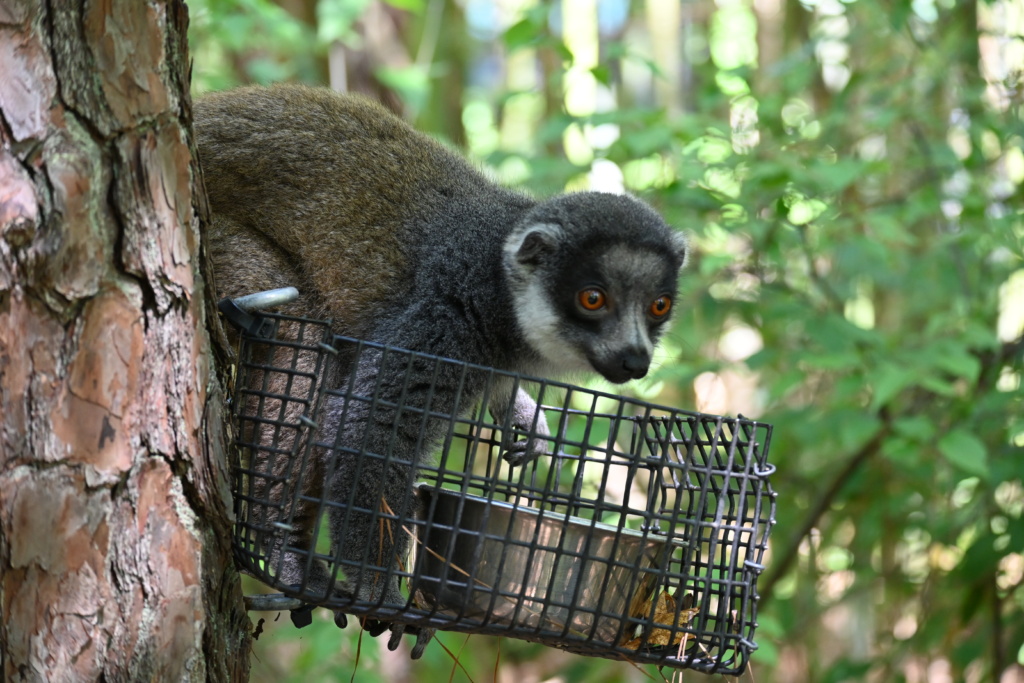
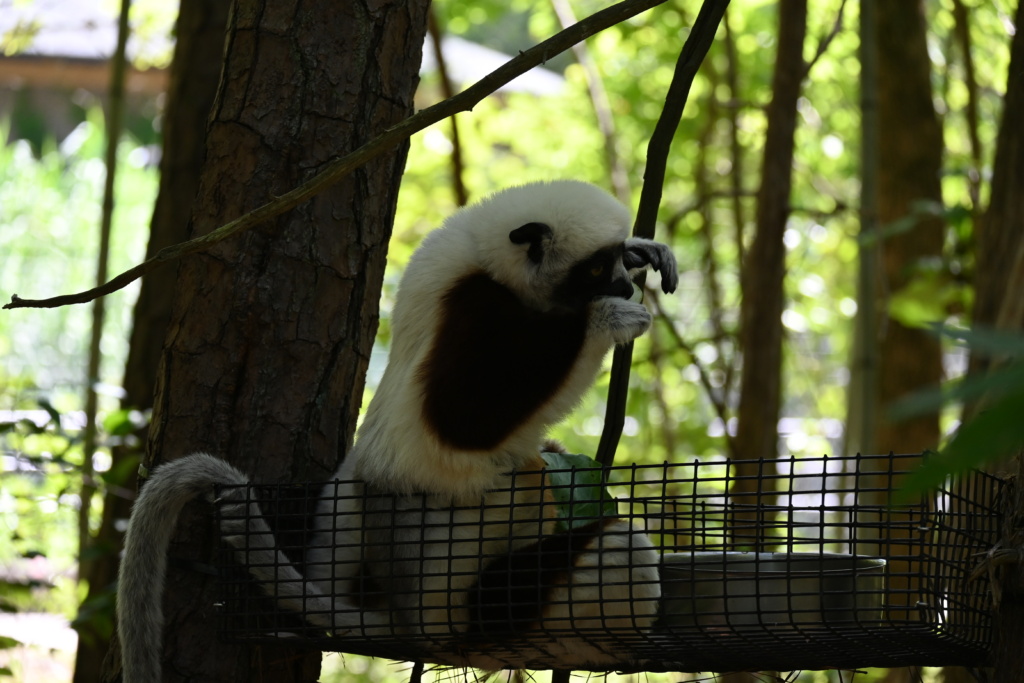
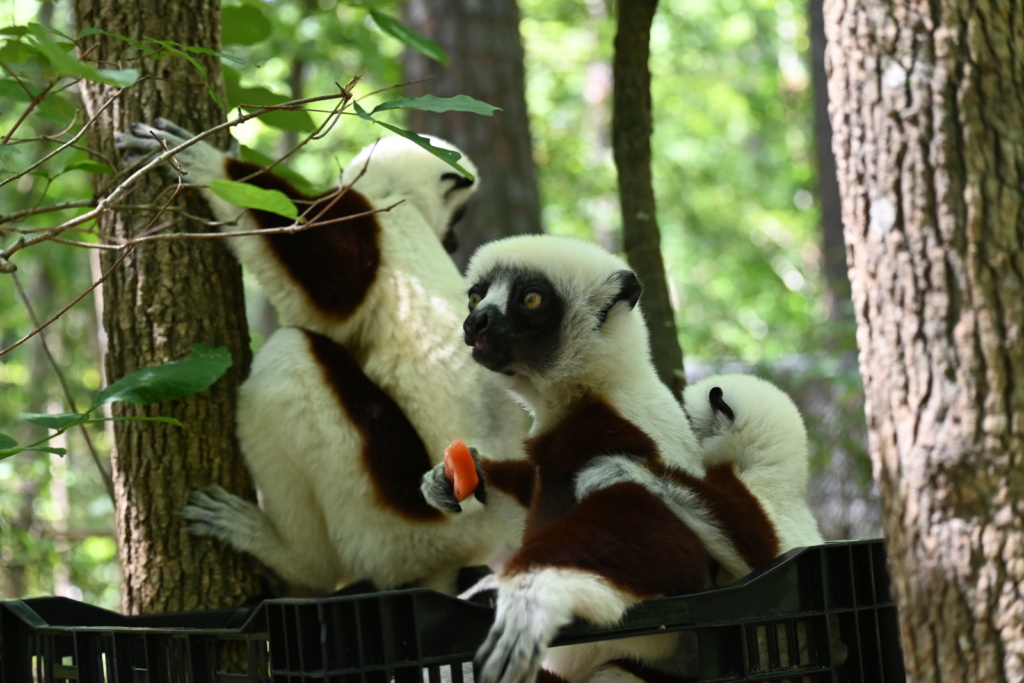

The Mongoose Lemurs were fed off to the side of the trail and pretty much kept to themselves for most of our visit. The Ring-tailed lemurs ate their food quickly and then scavenged around for food that the others might have dropped.
The Coquerel’s Sifakas were the stars of the tour. They are the only lemur species that move around vertically. They stand on their back legs and use an adorable sideways hop to get around on the ground. They also jump in a vertical position from tree to tree, covering over 20 feet in one leap. And they are absolutely adorable. Throw in a baby on its big sister’s back and the Coquerel’s Sifakas had a captive audience on the tour.

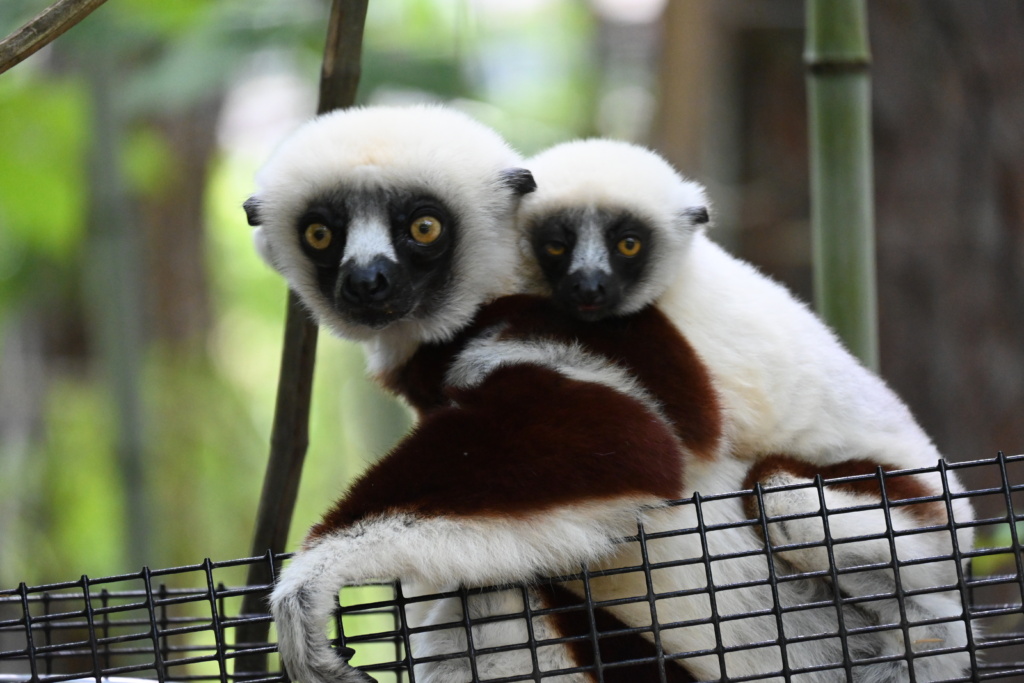
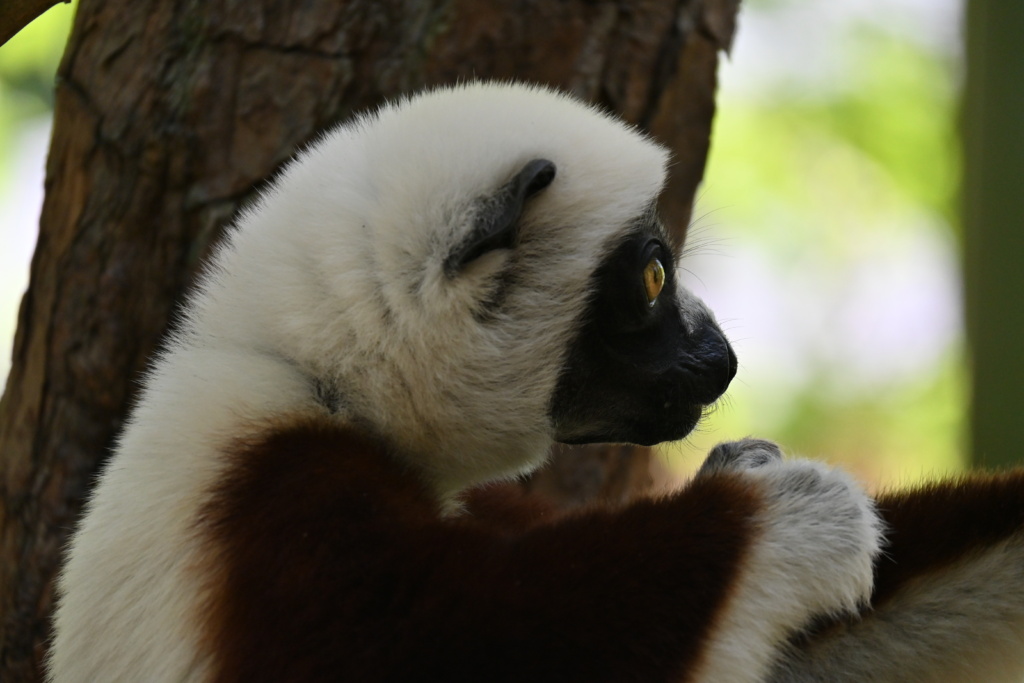
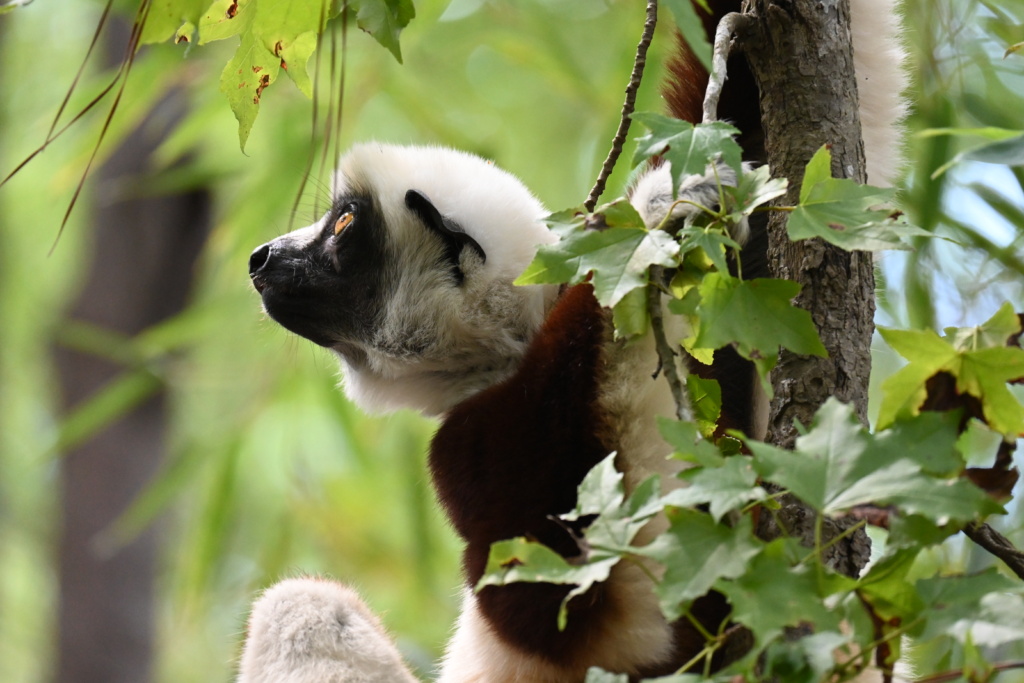
And some of the Coquerel’s Sifakas at the Duke Lemur Center are descendants of perhaps the most famous Coquerel’s Sifaka in the world, Zoboomafoo. Although his real name was Jovian, the Lemur Center’s most famous inhabitant starred in the PBS Kids show Zoboomafoo hosted by the Kratt Brothers. The show aired from 1999-2001, with Jovian as the face of the program which sought to teach kids about lemurs and primate conservation. Jovian passed away in 2014 but has 12 children and 6 grandchildren at the center.
The sifakas grazed on their food for a long time while the Ring-tailed Lemurs lurked below. The sifakas kept a wary eye on them. Eventually the Ring-tailed Lemur jumped up to their feeding area and lurked even closer. Still the sifakas ate cautiously while keeping an eye on the Ring-tailed Lemurs. Eventually they either finished or got tired of being stalked and jumped away. A second later the Ring-tailed lemur was in the basket eating their leftovers.
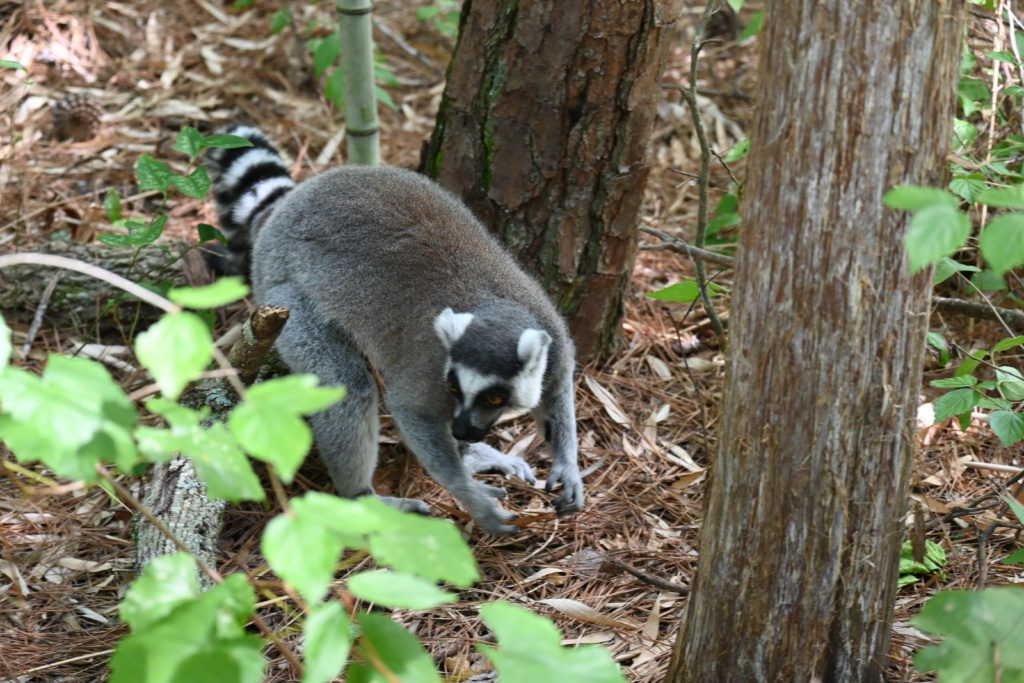
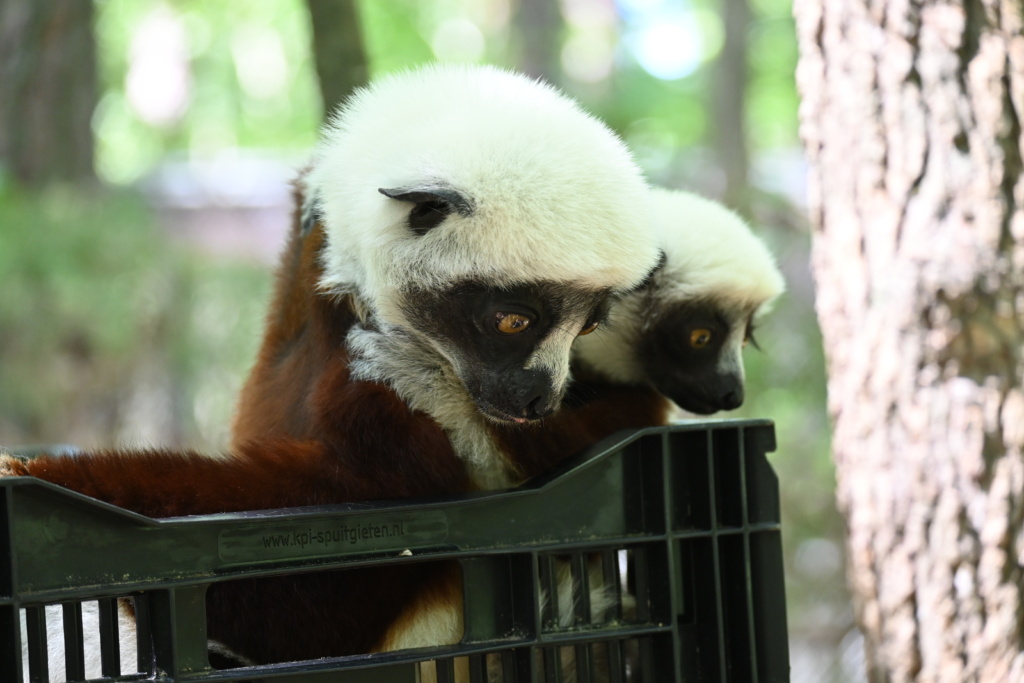
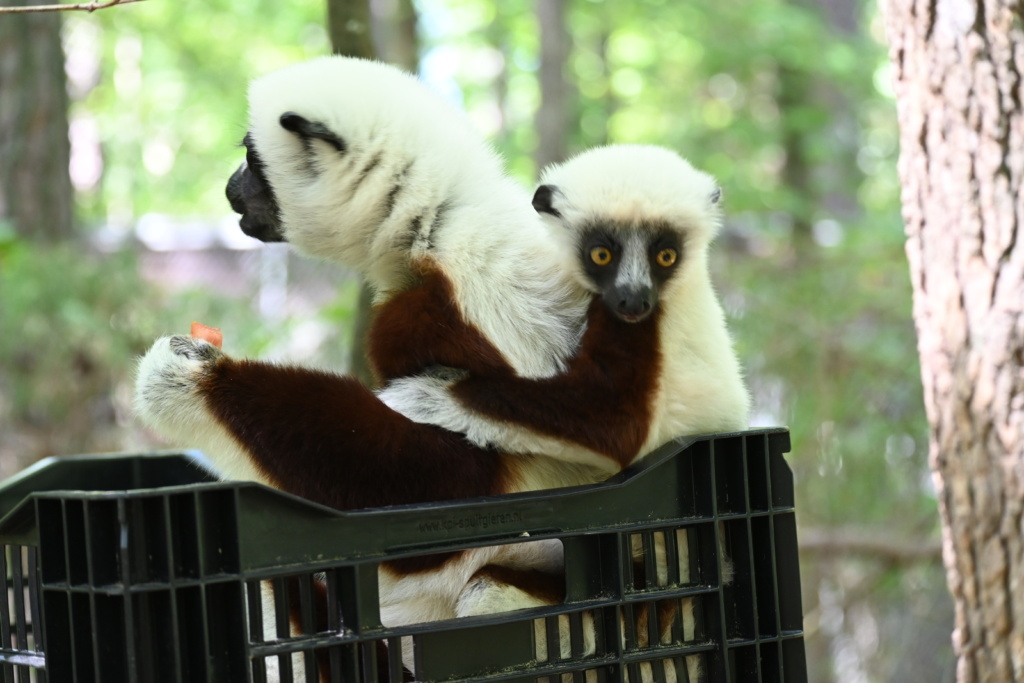
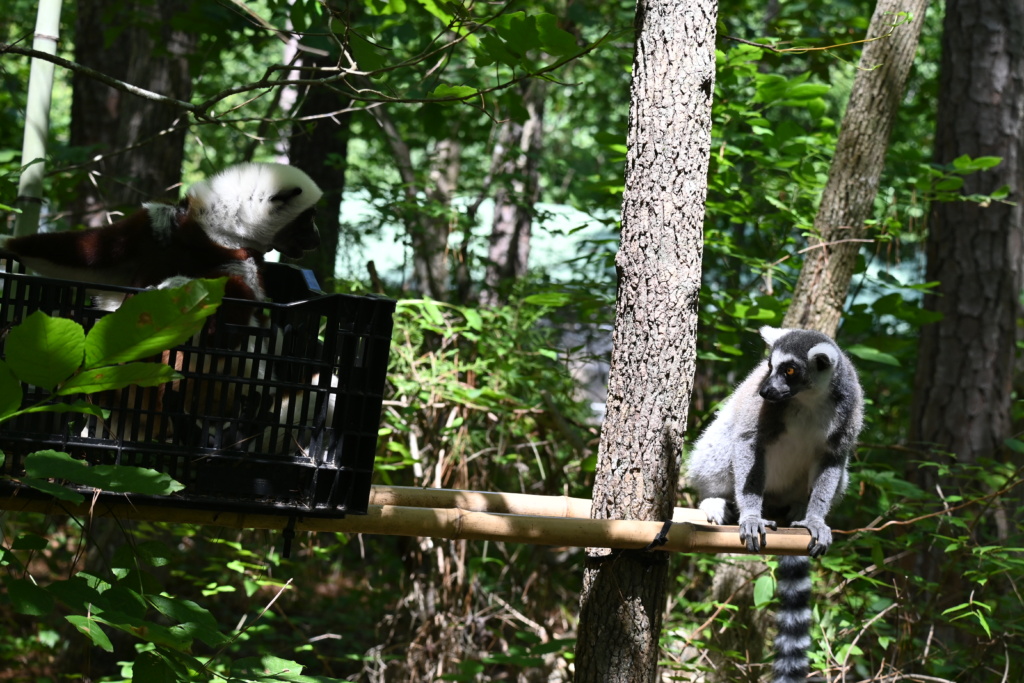
Perhaps sensing that the Coquerel’s Sifakas had moved on from the center of attention, the Mongoose Lemurs made their way over to main part of the trail. They hung out mostly on the ground, although a few climbed some trees and one sat adorably on a post with his tail wrapped around himself.
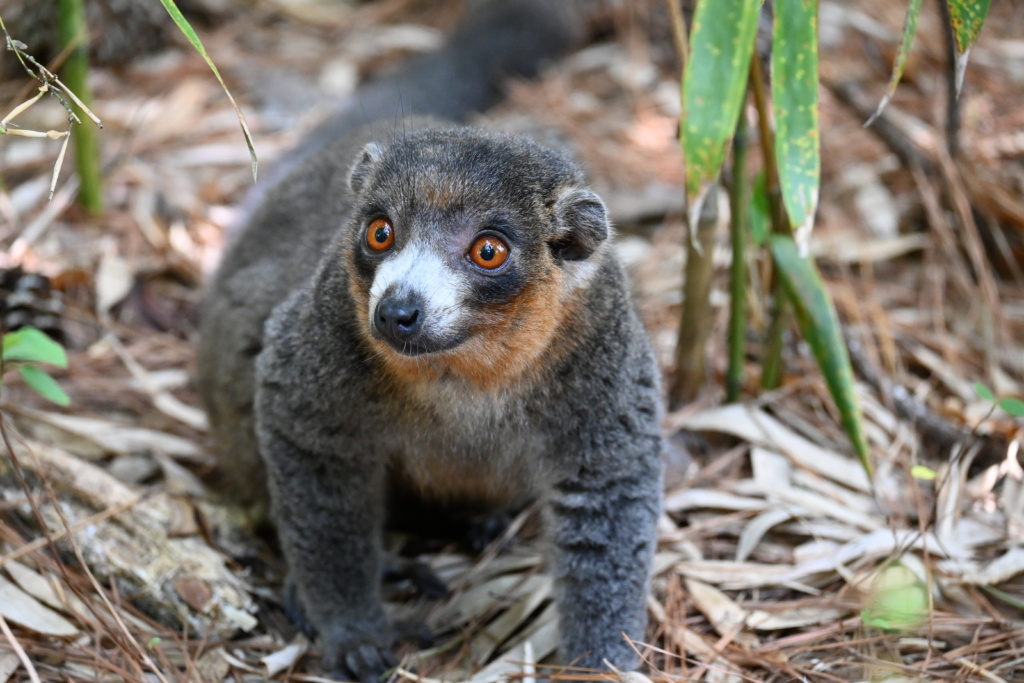
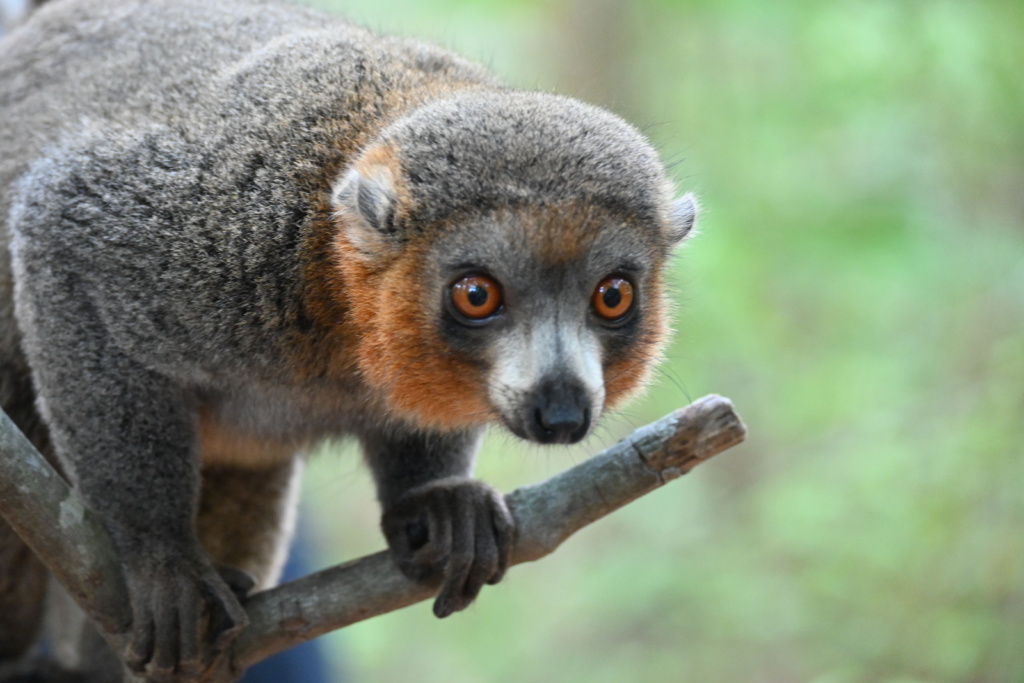
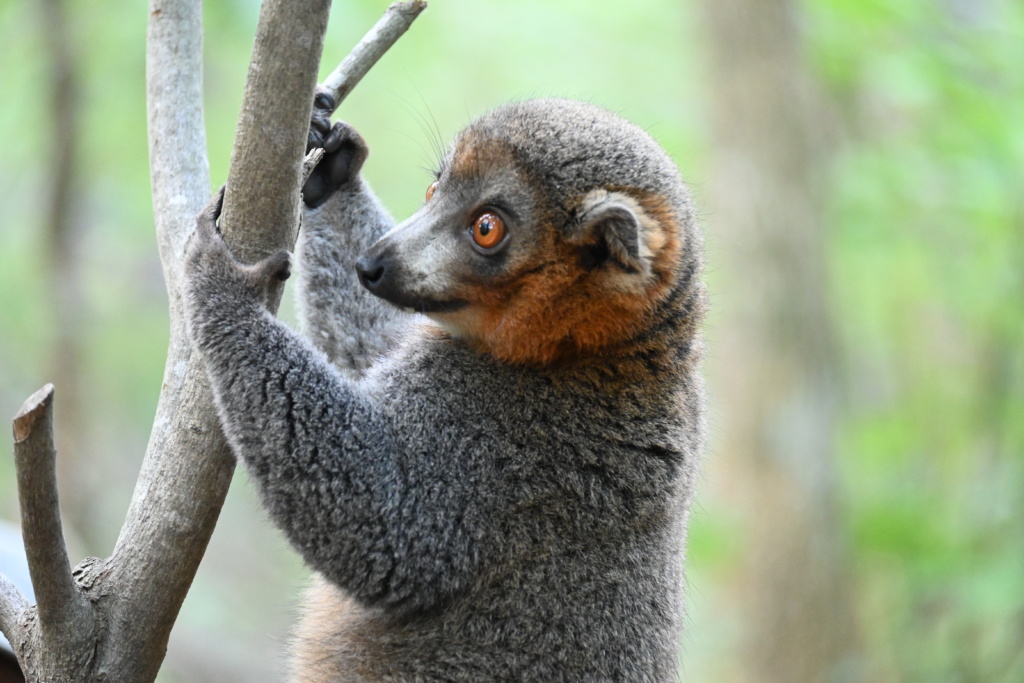
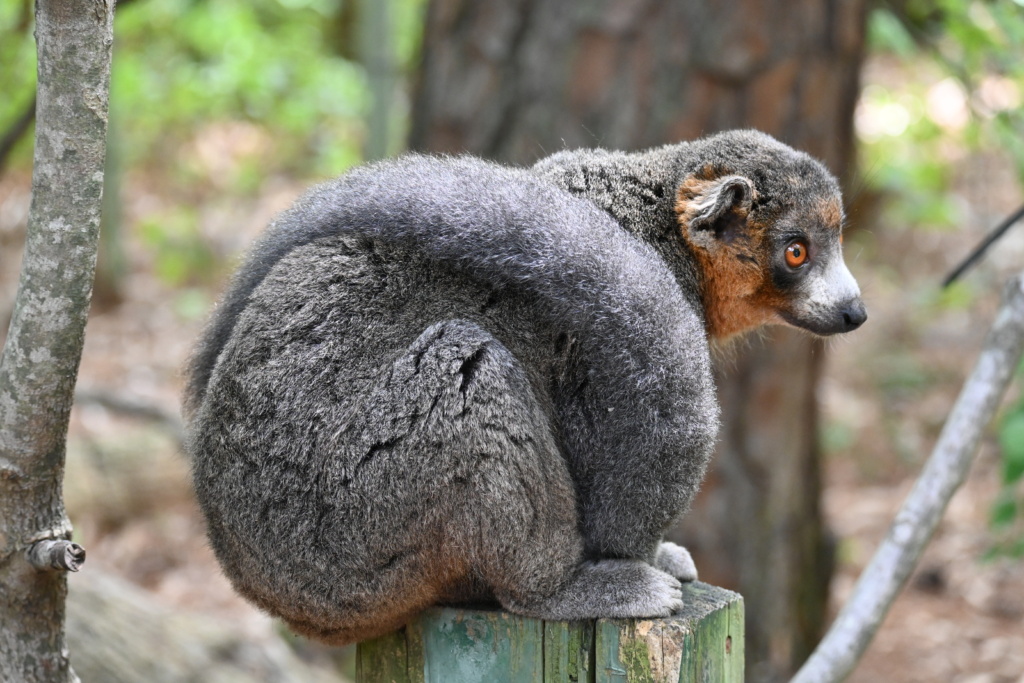
Although we had a guide, this was really more of an “observation” than a tour. She answered questions and gave some general information but for the most part we just stood in one spot and watched the animals in the habitat. And that was absolutely perfect. Just being able to observe them up close in a (mostly) natural environment was such an amazing experience. (Note that for the safety of the lemurs, masks were required on the tour even though it was outdoors.)
We spent about an hour in the enclosure and loved every minute of it. After leaving the Natural Habitat Enclosure, we made our way to the second part of the tour, which was a visit to the Nocturnal Building. On the way there we passed through a section of the main trail and saw a few of the indoor/outdoor habitats but didn’t have time to stop and watch the lemurs in them. The nocturnal building had four rooms that housed Fat-tailed Dwarf Lemurs, Aye-ayes, Mohol Bush Babies, and Gray Mouse Lemurs. This part of the tour was pretty underwhelming. We basically walked into a dark hallway that had 4 doors with small windows in them and took turns peeking into the darkness inside, trying to spot a tiny lemur. After spending an hour up close and personal with the other lemurs, this just wasn’t all that exciting.
Overall this was an amazing tour and well worth the money and the drive from Charlotte. Short of going to Madagscar itself, you won’t find another way to get this close to lemurs roaming freely. We absolutely loved getting to observe them up close in their natural habitat enclosures and highly recommend this tour.
